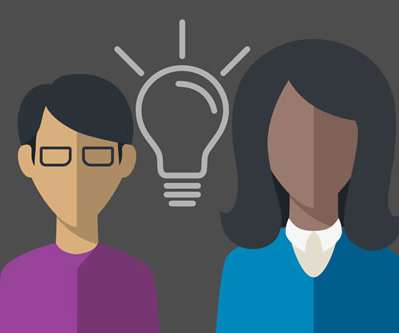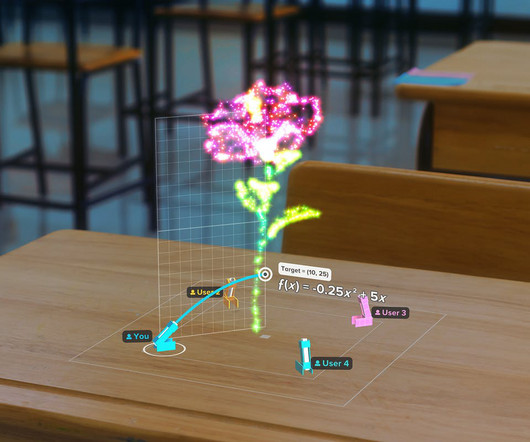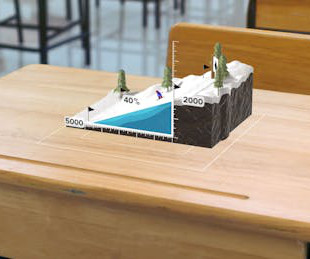Verizon launches free trainings and tools to help educators navigate digital instruction
eSchool News
NOVEMBER 17, 2020
Educators across the nation can now access Teacher Training Pathways , a free platform offering courses aligned to micro-credentials on remote and hybrid learning, instructional technology coaching and more. The platform will feature an evolving library of courses to further develop educators’ digital literacy. billion in 2019.
















Let's personalize your content